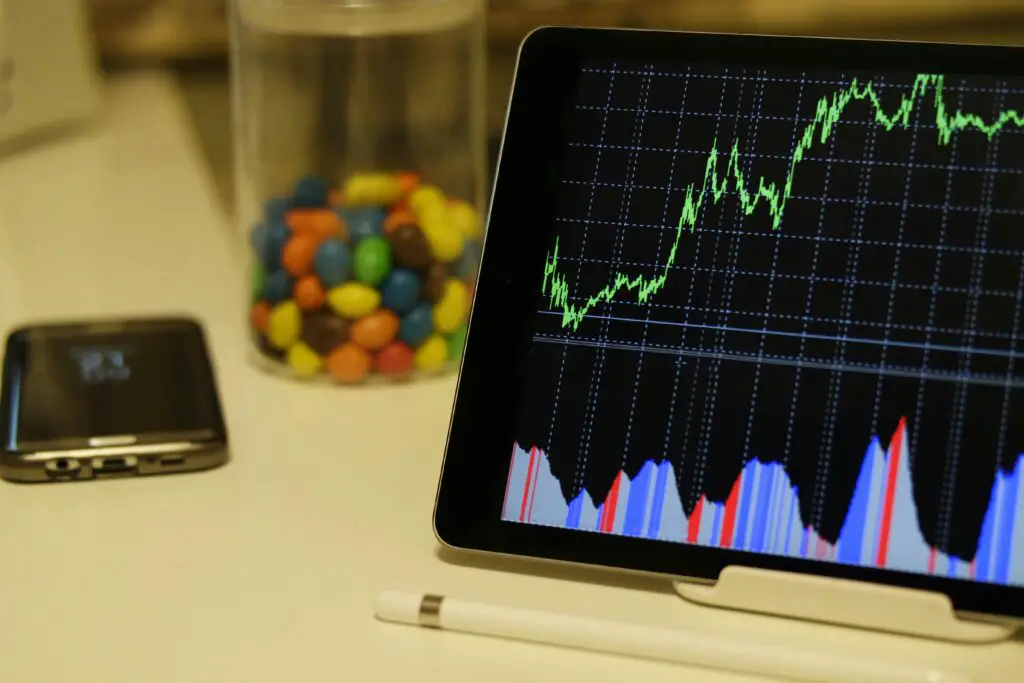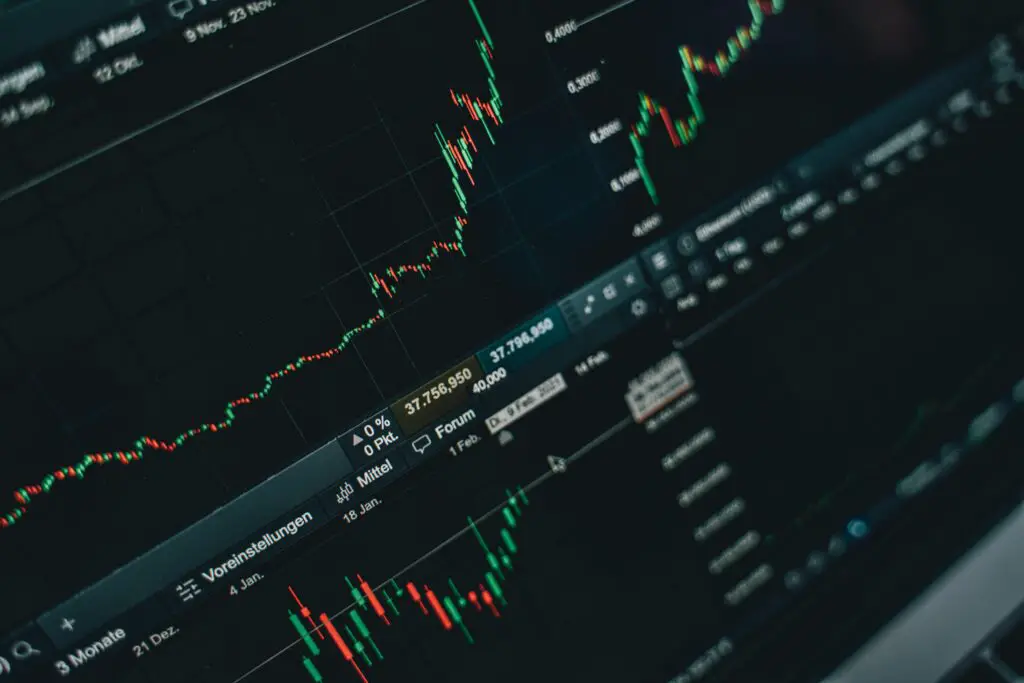The foreign currency (Forex) market is the largest and most liquid financial market in the world with over $6 trillion worth of trading activity every day. Forex operates five days a week around the clock making it a dynamic and ever-evolving market in contrast to other financial markets. Economic indicators are an important tool that Forex traders utilize to help them make decisions. These indicators provide useful information about the state of the economy of a which has an impact on currency values and trading strategies. This article looks at the primary economic variables that impact the Forex market and how traders use them to navigate this difficult environment.

GDP or gross domestic product
One of the most significant economic indicators in the Forex market is the GDP. It determines the entire value of all goods and services generated in a country during a specified period of time which can be either quarterly or annually. GDP of a nation offers a complete picture of its economic performance and health. Growing GDPs are typically indicators of prosperous economies which may lead to stronger currencies. Conversely a declining GDP suggests economic issues and may lead to a decline in the value of the currency.
Forex traders pay particular attention to GDP data since they demonstrate the strength of an economy. Positive GDP growth can lead to higher demand and foreign investment which can boost the value of the currency of a country. On the other hand negative GDP growth may deter investment and cause the worth of a currency to decline. For example if the US reports strong GDP growth the US dollar is likely to appreciate in value relative to other currencies.
Indicators of Employment
Employment indicators like the unemployment rate and private sector payrolls are crucial for assessing the health of the economy of a nation. The percentage of the labor force that is unemployed and actively seeking employment is measured by the unemployment rate. A robust economy with strong job creation is typically indicated by a low unemployment rate which can support the value of the currency. Conversely a high rate of unemployment denotes a weak economy and could lead to a drop in the value of the currency.
Another crucial employment indicator is the monthly reporting of non-farm payrolls by the U.S. Bureau of Labor Statistics. Data on the amount of employment created or lost in the US economy aside from the farming industry is presented in this report. Notable changes in payrolls from other industries can cause major volatility in the Forex market. For instance as it signals a robust economy a higherthanexpected growth in non farm payrolls might boost the value of the US dollar. A lower than expected figure however has the potential to weaken the currency.
Indicators of Inflation

Inflation is a significant factor influencing currency values in the Forex market. It measures the rate at which the total cost of goods and services rises lowering the buying power of customers. Central banks track inflation indices which have an effect on currency values to adjust monetary policy.
The Producer Price Index (PPI) and the Consumer Price Index (CPI) are the two primary indicators of inflation. The CPI tracks changes in the prices of a basket of consumer goods and services whereas the PPI looks at differences in the prices that domestic manufacturers get paid for their output. Rising inflation typically leads to higher interest rates, which can boost the currency as central banks attempt to cool the economy. Conversely low inflation may compel central banks to lower interest rates which may result in a depreciation of the value of the currency.
Forex traders keep a careful eye on PPI and CPI data. For example if the Eurozone CPI increases significantly the European Central Bank may raise interest rates to combat inflation so supporting the euro. However if the CPI is lower than expected the euro may become weaker.
Rates of Interest
The interest rates set by central banks are one of the most significant economic indicators in the Forex market. Interest rates have an impact on both the cost of borrowing money and the yield on currency assets. Because they offer greater returns on investments made in that currency higher interest rates attract foreign capital and raise the value of the currency. Conversely lower interest rates generally lead to a weakening of a currency since they provide fewer returns on investments.
Central banks such as the Federal Reserve in the United States the Bank of Japan and the European Central Bank utilize interest rate adjustments as a tool to control inflation and stabilize their economies. Interest rate announcements and statements from central bank officials are closely followed by forex traders. For instance if the Federal Reserve indicates that interest rates may rise and investors want higher returns the value of the US dollar may increase. On the other hand a rate decrease can result in a drop in the value of the dollar.

Balance of Trade
Another crucial economic indicator in the Forex market is the trade balance which calculates the difference between the imports of a nation and exports. When exports outpace imports the national currency is often strengthened because there is a strong market for its products and services. In contrast, a trade deficit or an excess of imports over exports can devalue the currency of a nation because it indicates a greater demand for products and services from elsewhere.
Trade balance data is used by forex traders to evaluate the economy of a nation and competitiveness. For example if Japan registers a large trade surplus the Japanese yen is expected to increase since there will be a larger demand for Japanese goods. On the other hand a UK trade imbalance can result in a drop in the value of the pound.
Shop Sales
Retail sales data is an essential indicator of consumer spending which drives economic growth. This statistic tracks the overall sales of retail locations to directly evaluate consumer demand. Strong retail sales are a sign of strong consumer confidence and spending which can boost the economy and strengthen the currency. Low retail sales on the other hand suggest a faltering economy and may cause the currency to weaken.
Forex traders examine retail sales data to assess the health of the economy of a country. For example strong retail sales in the US suggest an expanding economy which might support the US dollar. On the other side low retail sales within the Eurozone could lead to a weaker euro.
Manufacturing Industry
Industrial production is a vital indicator of economic activity that measures the output from factories mines and utilities. It provides insight into the overall status of the industrial sector and the economy. An increase in industrial production is a sign of economic growth which could strengthen the currency. Conversely a decline in industrial production indicates a fragile economy and could lead to a depreciation in the value of the currency.

Forex traders evaluate economic momentum by keeping an eye on news about industrial production. For example if industrial output in Germany the largest economy on the continent increases the euro would gain value. Conversely a decline in its industrial production might cause the value of the Chinese yuan to decline.
Index of Consumer Confidence (CCI)
The Consumer Confidence Index (CCI) measures how confident consumers are regarding both their financial situation and the state of the economy overall. A high CCI suggests that consumers are confident in their future financial prospects which may lead to increased spending and economic growth. A low CCI on the other hand indicates that consumers are gloomy about the status of the economy which could lead to decreased spending and a decline in the economy.
Forex traders use the CCI to forecast changes in consumer spending and the overall health of the economy. For instance a high US CCI can support the US currency and indicate future economic growth. Conversely a low CCI inside the Eurozone can portend upcoming economic issues and lead to a weaker euro.
In summary
Economic indicators are essential to the Forex market since they affect currency values and provide traders with crucial information about the economy of a nation. By understanding and assessing these indications traders can develop profitable trading strategies and render well informed decisions. The GDP employment and inflation indicators interest rates trade balance retail sales industrial production and consumer confidence are some of the important economic indicators that Forex traders monitor. Each of these indicators offers a distinct perspective on the economic health of a nation and has a big impact on exchange rates. Because of this it is imperative that all traders in Forex keep up to date on these indicators and what they imply.

